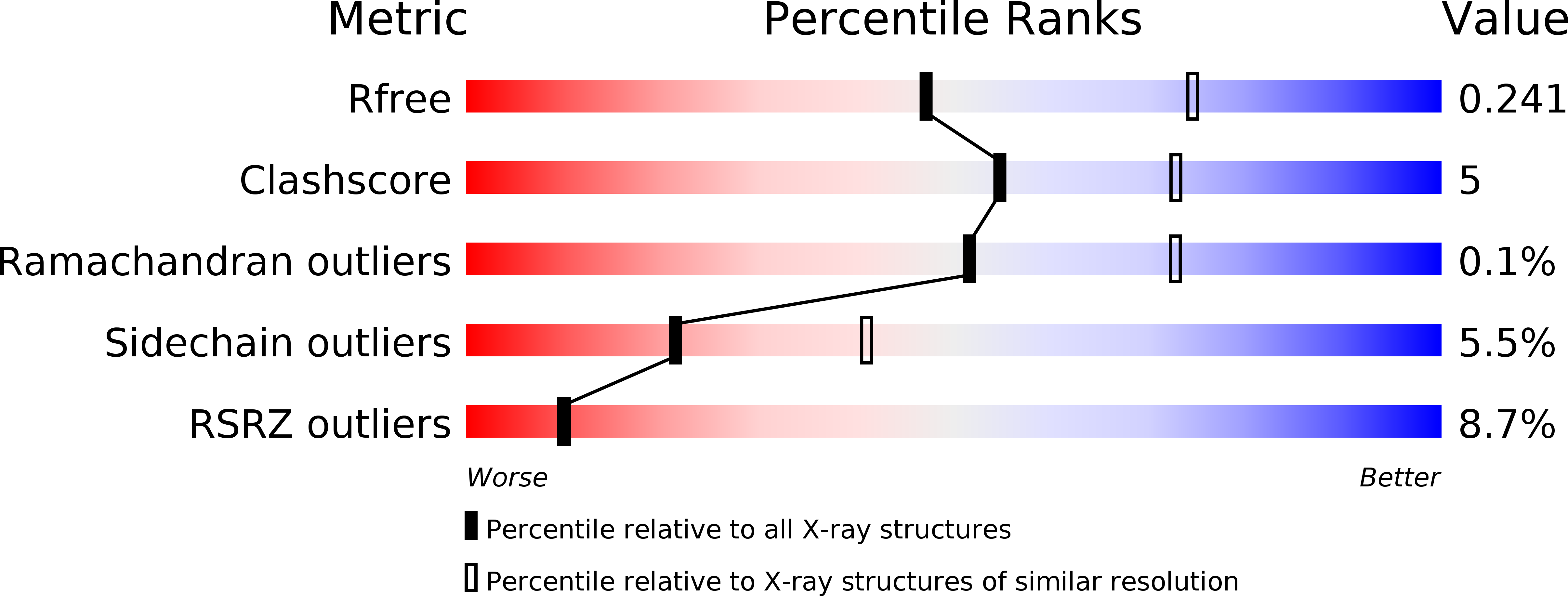
Deposition Date
2004-08-12
Release Date
2006-02-03
Last Version Date
2023-12-13
Entry Detail
PDB ID:
1W62
Keywords:
Title:
proline racemase in complex with one molecule of pyrrole-2-carboxylic acid (hemi form)
Biological Source:
Source Organism:
Trypanosoma cruzi (strain CL Brener) (Taxon ID: 353153)
Host Organism:
Method Details:
Experimental Method:
Resolution:
2.50 Å
R-Value Free:
0.23
R-Value Work:
0.17
R-Value Observed:
0.17
Space Group:
C 1 2 1


